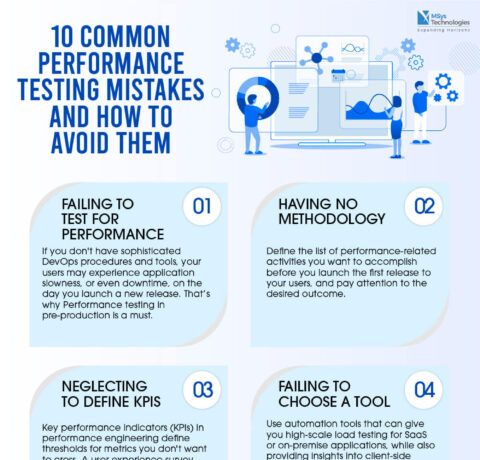Children as young as age 2 from low-income families may already be behind in language development when compared to their wealthier counterparts, and the gap only continues to grow as they enter school. Research has shown that about half of ninth-grade students in high-poverty schools are only reading at a sixth- or seventh-grade level. This is where schools that add more and better learning time can help.
The Center for American Progress has developed a policy definition of expanded learning time. Aimed at high-poverty, underperforming schools, expanded learning is the lengthening of the school day, school week, or school year for all students in a given school by two hours per day, or 300 hours per year. To be effective, the concept of expanded learning time requires the complete redesign of a school’s educational program in a way that combines academics with enrichment for a well-rounded student experience and supports teachers by giving them more time for planning, collaboration, and professional development.
Significantly lengthening the school day is a promising strategy to close achievement and opportunity gaps that must be considered by state, district, and school leaders who serve large numbers of low-income students. The Expanded Learning Time Boosts Student Achievement Infographic shows how expanded learning time can help close both the achievement and opportunity gaps.
In particular, more learning time with enrichment can offer students a well-rounded education. Schools can work with afternoon programs and community partners to create enrichment activities including: art, dance, robotics, athletics, life skills, community building. In addition, students can have more time for hands-on academic activities, extra instruction and tutoring, and reaching their educational goals.
Moreover, more learning time with community partnerships can provide more time for teachers. According to the infographic, the average time available for collaboration, department lesson planning, and professional development in an expanded school day is 85 minutes, whereas in a traditional school day the average time available for collaboration is 15 minutes.







You can adjust your cookie preferences here.